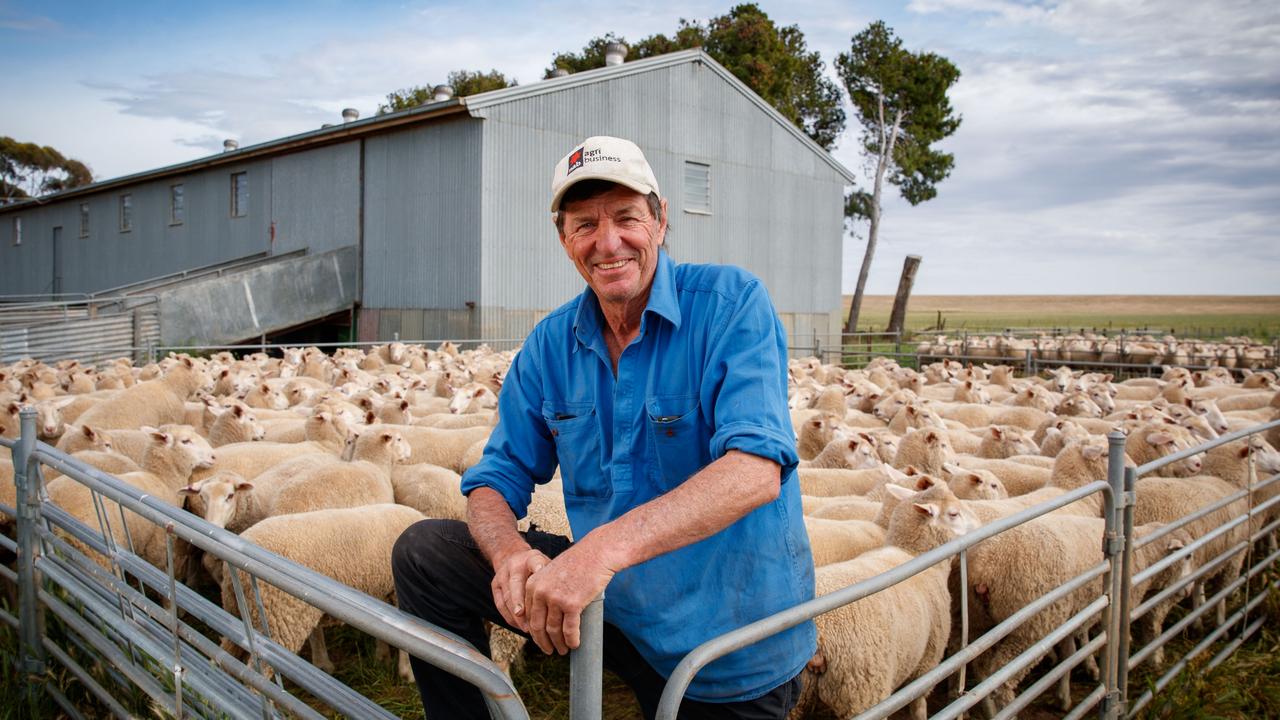Darwin’s Skliros Produce creates Mango Madness
Producing 180,000 trays of mangoes a year is no mean feat but it’s something Leo Skliros and his family take in their stride.
THORPDALE has its potato festival. At Goomeri they have an event to celebrate the pumpkin.
And now Darwin is set to be the mango capital of Australia, with its Mango Madness Festival this Sunday, October 25.
Northern Territory Mango Industry Association president Leo Skliros — who has a 215ha mango farm — said they created the event to become a regular on the nation’s calendar.
“Horticulture works hand-in-hand with tourism in the regions,” Leo said.
“It is an industry multiplier — for every person that is employed on farm there are three or four others employed in transport, manufacturing, restaurants, supermarkets. It’s good to remember that’s why it’s called a primary industry.
“So we want to celebrate that. It’s about lifting that awareness and celebrating the mango.”
Leo has been president of the NTMIA for five years and this year joined the board of the Australian MIA, in addition to running his own family farm, Skliros Produce, which has 17,000 trees and has been operating for 35 years.
The 53-year-old said both on farm and through the industry, he — and his family — aimed for best practice.
The farm has several varieties, mainly Kensington Pride, R2E2 and green varieties, yielding up to 180,000 trays annually, sold through the Brisbane wholesale markets to the major supermarkets and with a small amount exported.
STAGE SET
PLANTINGS have been staged as new land has been purchased, with about 5000 trees aged 30 years, and 7000 trees over the past six years through to this year.
Grafted trees produce a couple of boxes from year three, with good production from year nine and trees then producing for many decades.
About 50ha of the farm is uncleared and Leo said applications to clear the land had so far been rejected.
Spacings have varied over the decades, initially planting 9.5m between trees and 10m between rows, with trees growing up to 10m.
Now, spacings are tighter: 6m x 11m and at a height of about 4.5m.
“Down rows it’s a straight wall, because the trees have grown together, which makes it easier for harvest,” he said.
Leo farms conventionally, applying all trace elements and synthetic sprays, including insecticide from flowering to harvest to combat caterpillar, thrips and spider mites.
He also applies fungicide to stop rot from rainfall.
As industry president, he said he had been lobbying government for improved border patrols and biosecurity to avoid the red banded mango caterpillar, a pest in tropical parts of Asia — now found in Australia in the Cape York area — capable of causing commercial crop losses between 10–50 per cent.
“It is a serious threat to Australia’s commercial mango industry and given the seriousness of it we are hoping the government increases biosecurity protocols,” Leo said.
PEOPLE POWER
HARVEST on the Skliros farm runs from the end of July to the start of November, with up to 80 seasonal workers.
Leo said given COVID-19’s impact on seasonal workers, he welcomed a territory and federal government trial aimed at addressing the labour shortages affecting NT farmers, which allows up to 170 workers under the Seasonal Worker Programme to come to Australia to help with the 2020 harvest.
“My farm is OK as I use contractors from Victoria, who have quarantined, but the industry as a whole has done a good job on ensuring no labour shortages.
“Production this year is also slightly down after high winds, the dry and then rain.
“Some growers are down about 10 per cent, others up to 60 per cent, which means less labour is required and better prices.”
On farm, the Skliros family has a packing shed that can process 5000 trays at peak season.
Leo said he was yet to invest in the latest technology, a colour grader, because he had seen failures with some systems and was waiting for issues to be ironed out.
The farm uses crop tracer software to ensure full traceability, able to be accessed by agents and sellers through the whole production chain.
Leo said the NT mango industry made up about 52 per cent of Australia’s crop and was worth more than $130 million annually.
“We see room for growth. Export should now be a priority for the industry, working with government to streamline protocols.”
MORE
THE WEEKLY TIMES COLES 2020 FARMER OF THE YEAR AWARDS NOMINATION FORM
JASON SHIELDS WINS THE WEEKLY TIMES COLES 2019 HORTICULTURE FARMER OF THE YEAR
ORCHARD TRIAL USING HANDHELD SENSOR TO TEST A PEACH’S SWEETNESS


